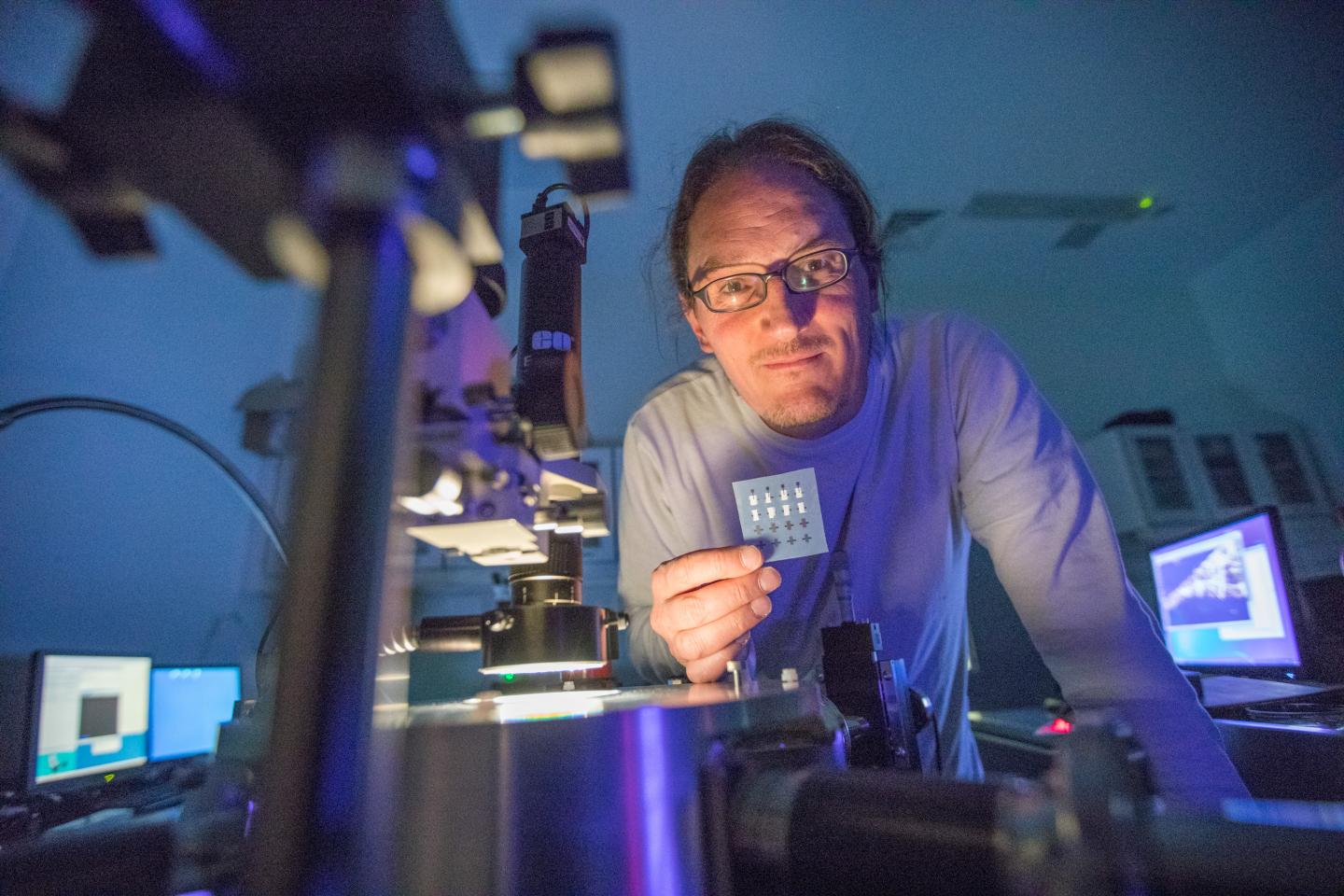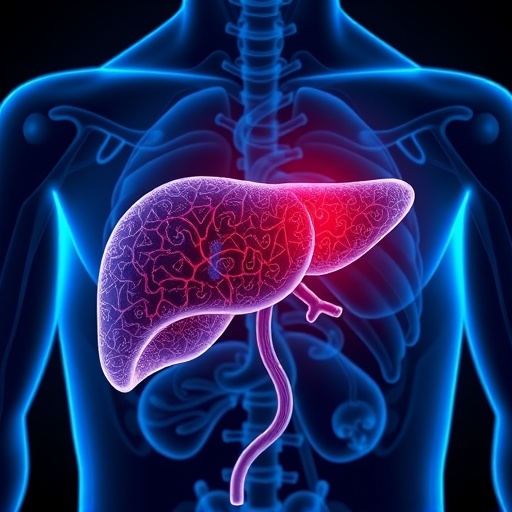
Credit: AMBER, Trinity College Dublin.
Graphene Flagship researchers from AMBER at Trinity College Dublin have fabricated printed transistors consisting entirely of layered materials. Published today in the leading journal Science* the team's findings have the potential to cheaply print a range of electronic devices from solar cells to LEDs with applications from interactive smart food and drug labels to next-generation banknote security and e-passports.
Led by Professor Jonathan Coleman from AMBER (the Science Foundation Ireland-funded materials science research centre hosted in Trinity College Dublin), in collaboration with the groups of Professor Georg Duesberg (AMBER) and Professor Laurens Siebbeles (TU Delft, Netherlands), the team used standard printing techniques to combine graphene flakes as the electrodes with other layered materials, tungsten diselenide and boron nitride as the channel and separator (two important parts of a transistor) to form an all-printed, all-layered materials, working transistor.
All of these are flakes are a few nanometres thick but hundreds of nanometres wide. Critically, it is the ability of flakes made from different layered materials to have electronic properties that can be conducting (in the case of graphene), insulating (boron nitride) or semiconducting (tungsten diselenide) that enable them to create the building blocks of electronics. While the performance of these printed layered devices cannot yet compare with advanced transistors, the team believe there is a wide scope to improve the performance of their printed TFTs beyond the current state-of-the-art.
Professor Coleman, who is an investigator in AMBER and Trinity's School of Physics, said, "In the future, printed devices will be incorporated into even the most mundane objects such as labels, posters and packaging. Printed electronic circuitry will allow consumer products to gather, process, display and transmit information: for example, milk cartons will send messages to your phone warning that the milk is about to go out-of-date. We believe that layered materials can compete with the materials currently used for printed electronics."
All of the layered materials were printed from inks created using the liquid exfoliation method previously developed by Professor Coleman and already licensed. Using liquid processing techniques to create the layered materials inks is especially advantageous in that it yields large quantities of high quality layered materials which helps to enable the potential to print circuitry at low cost.
###
* All-printed thin-film transistors from networks of liquid-exfoliated nanosheets, Science, 7th April 2017
Media Contact
Sian Fogden
[email protected]
44-122-376-2418
@GrapheneCA
http://graphene-flagship.eu
############
Story Source: Materials provided by Scienmag





